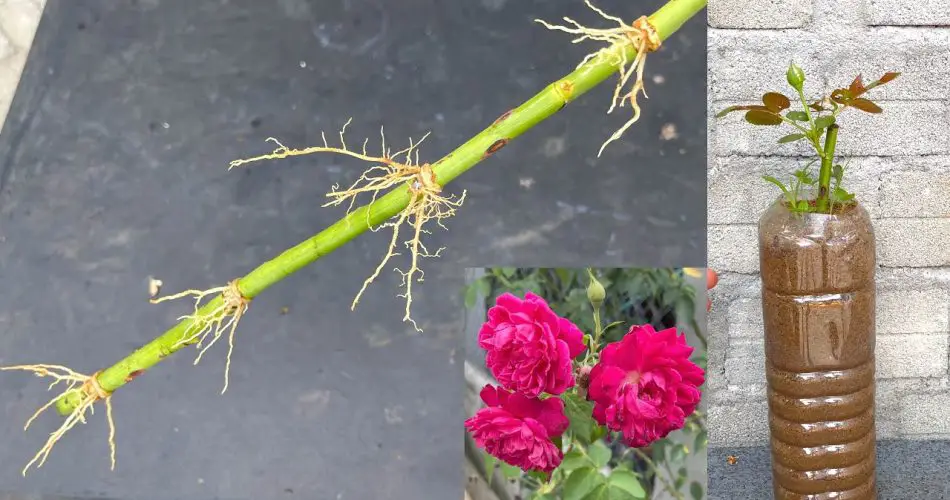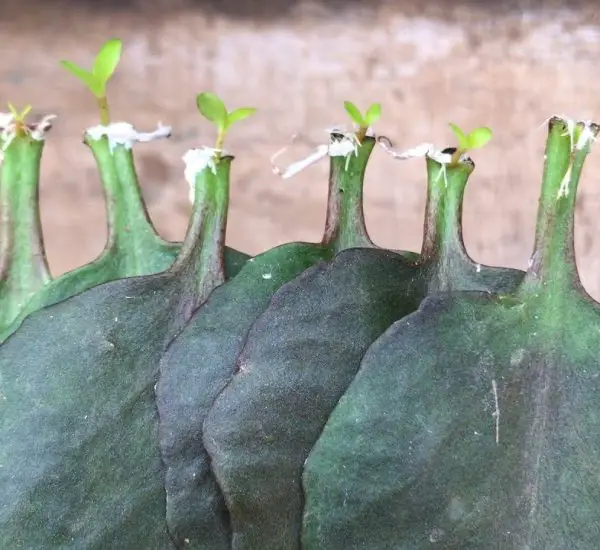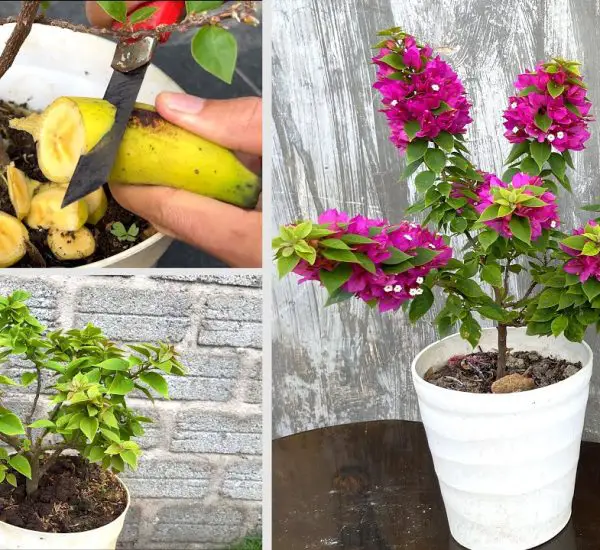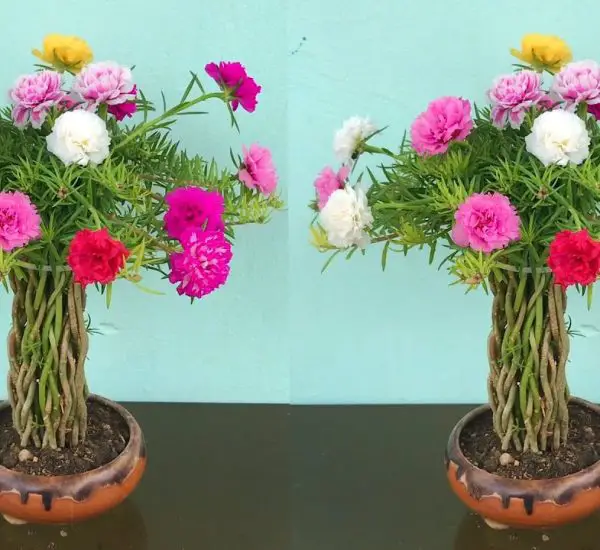If you’re passionate about gardening, you may have considered propagating roses using rose cuttings. This simple yet effective method can yield surprising results. Recently, I experimented with some rose branches, and what happened was truly unexpected!

The Basics of Rose Cuttings
Propagating roses from cuttings is a rewarding process that allows you to create new plants from existing ones. By taking healthy rose branches and nurturing them, you can grow a stunning array of blooms. Here’s how to get started:
1. Selecting the Right Cuttings
Choose semi-hardwood cuttings from healthy rose bushes. Look for branches that are around 6-8 inches long and have several nodes (the points where leaves attach). Avoid any stems that appear diseased or damaged.
2. Preparing the Cuttings
- Cut at an Angle: Use a clean, sharp knife or pruning shears to cut the branches just below a node. This helps promote root development.
- Remove Lower Leaves: Strip the lower leaves off the cutting, leaving a few leaves at the top. This minimizes moisture loss.
3. Rooting Hormone (Optional)
Dip the cut end of the branch in rooting hormone to encourage faster root growth. While this step is optional, it can significantly improve your success rate.
4. Planting the Cuttings
- Soil Preparation: Use a well-draining potting mix. A mixture of perlite and peat works well for rose cuttings.
- Planting: Insert the cut end of the branch into the soil about 2-3 inches deep, ensuring that at least one node is buried.
5. Caring for Your Cuttings
- Watering: Water the soil lightly to keep it moist but not soggy. Avoid overwatering, which can lead to rot.
- Humidity: Create a humid environment by covering the pot with a plastic bag or using a propagation dome. This helps retain moisture and encourages root growth.
- Light: Place the cuttings in a bright spot with indirect sunlight.
The Unexpected Result
After a few weeks of careful nurturing, I noticed something incredible. Not only did my cuttings start to develop roots, but they also began to produce new leaves much faster than I anticipated! I was thrilled to see how quickly these rose branches adapted to their new environment.
As time went on, I realized that some of the cuttings were even starting to bloom. I had expected new growth, but the sight of vibrant roses emerging from my cuttings was a delightful surprise.
Conclusion
Using rose cuttings to propagate new plants can yield unexpected and wonderful results. With just a little patience and care, you can transform simple branches into a flourishing display of roses. Whether you’re a seasoned gardener or just starting out, this technique is worth trying. Who knows what surprises await you in your garden? Happy gardening!



